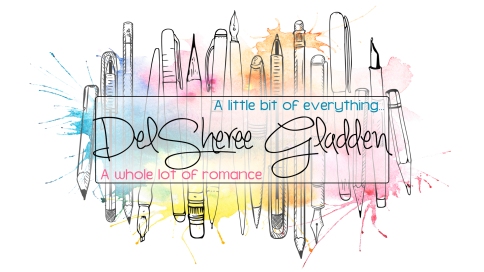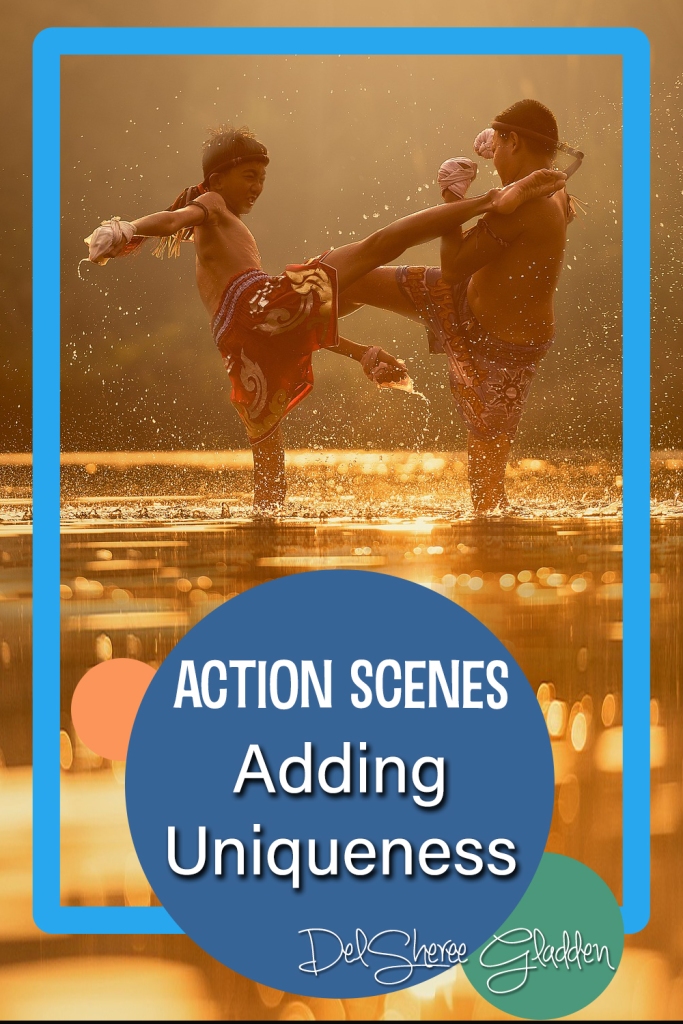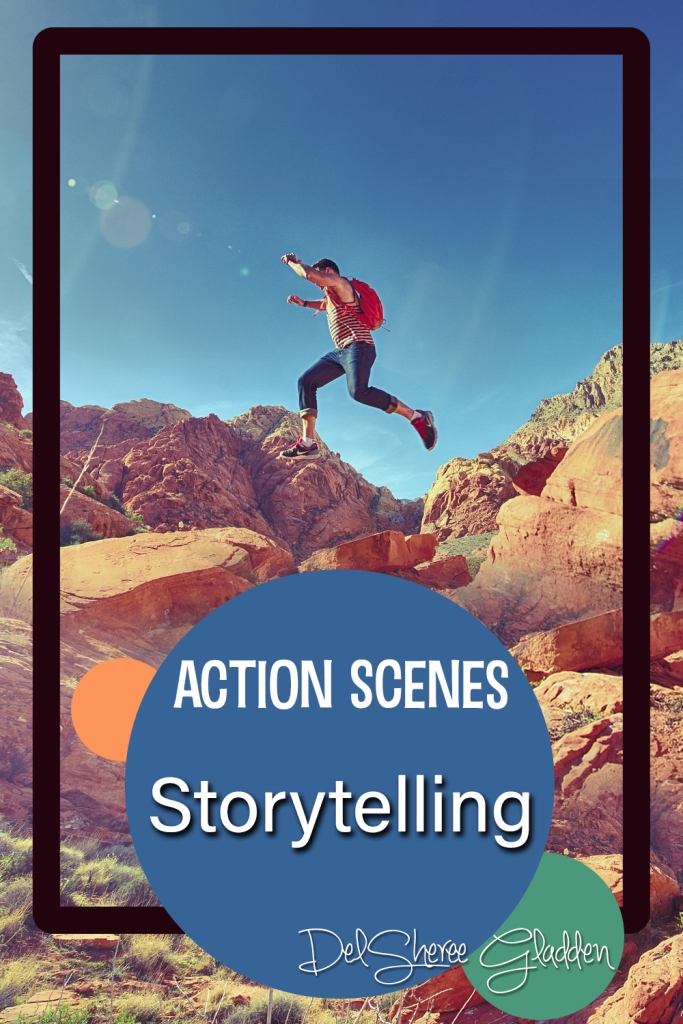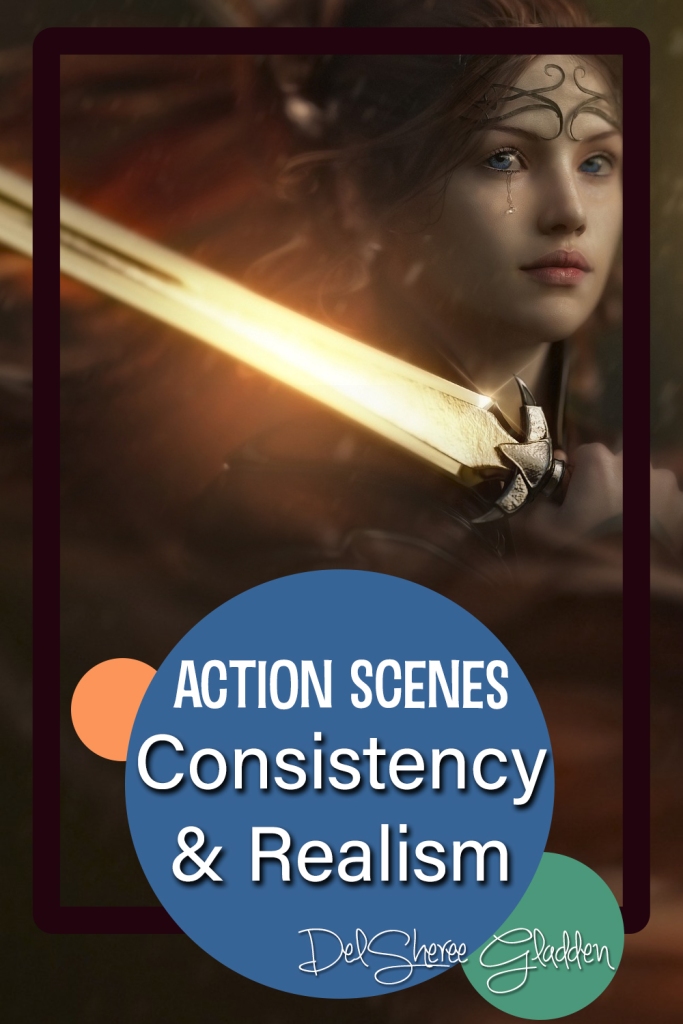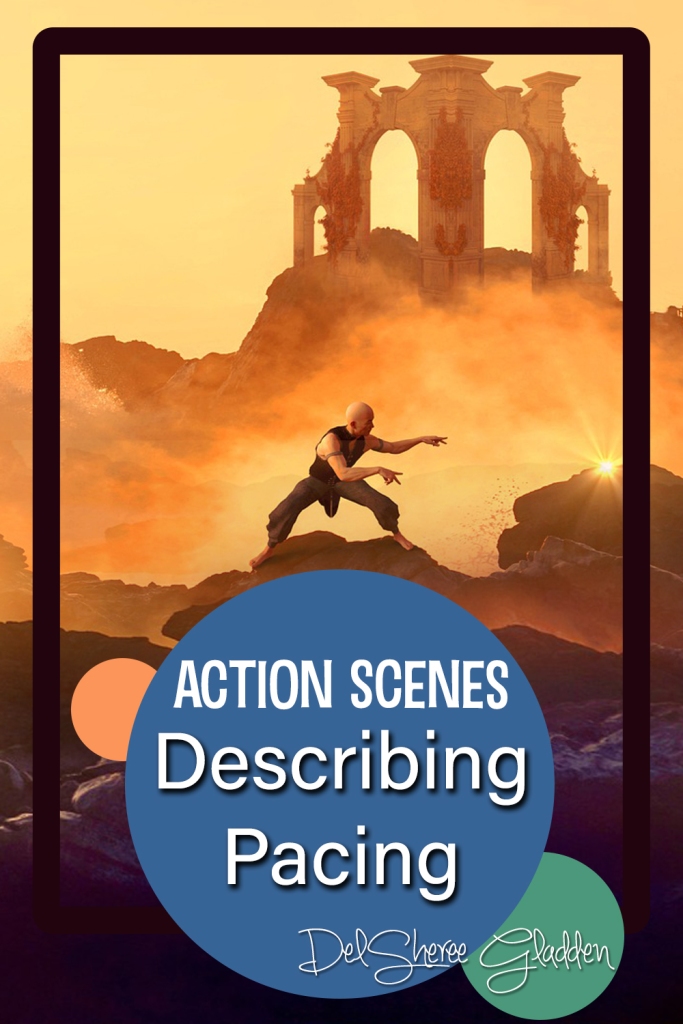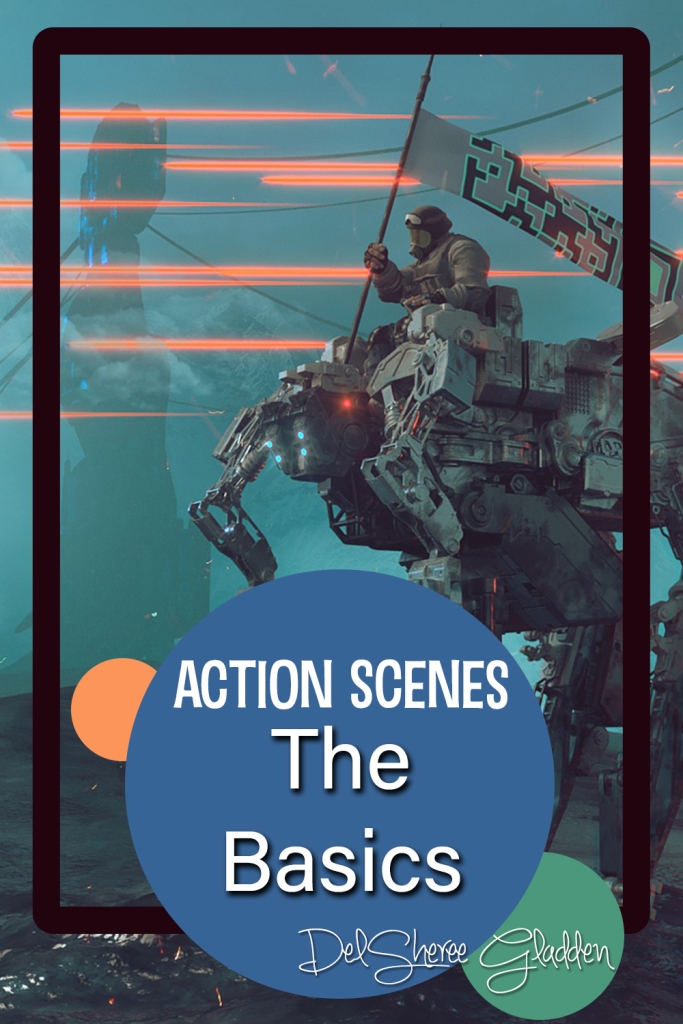One of my pet peeves with action scenes, whether in film or book form, is repetitive action. I can only watch the same chase so many times or read endless thrusts and parries for so many pages. Keep action scenes interesting by making them unique.
Adding Unique Elements
Every fight, explosion, or gunshot needs to have at least some level of uniqueness to it in order to keep the various scenes from all blending together. If a reader comes to an action scene that sounds too similar to the last one, the likelihood that they will start skimming is high. Skimming a scene can lead to putting down the book all too quickly.
The Princess Bride is a great example of making every action scene unique. Granted, the writer takes that to a level of silliness that may not be appropriate for all stories, but dissecting how the scenes differ can still serve as a great lesson in how to add unique elements.
Every action scene in The Princess Bride has a unique element, whether it be odd weaponry like Count Rugen’s torture device which is not-so-uniquely (but humorously) name The Machine, unusual locations like the Fire Swamp or the eel-infested waters near Florin, interesting people who unexpectedly get involved the action like the disillusioned Miracle Max, or a surprising goal for the action such as Count Rugen not actually wanting to kill Wesley after his capture, at least not right away.
Accomplishing this level of uniqueness, in level of variety if not level of absurdity, consider all the aspects of the scene.
Setting
Use different settings for fight scenes within the book, or at least within close proximity to each other in the story. Repeating a fight scene location may be integral to the story, but other elements can be changed to make it a unique scene overall.
When considering locations for an action scene to take place, consider how different settings can create interesting challenges for the characters. For example, going into a gunfight from a stairwell presents different challenges than bursting through a window. Line of sight will be frequently obscured, it will be more difficult to catch up to the other person, and the person being chased has multiple opportunities to exit the stairwell and escape.
It may also be possible to pair the setting with specific characteristics of the participants for an added layer of uniqueness. If a character has a physical limitation, choose a setting that will play to that weakness when appropriate. The same may work for particular fears, aversions to locations, etc.
Participants
Vary the number of people involved in each action scene when possible. The main character may need to be in every scene, particularly if the story is told from that character’s point of view, but the other participants can be changed up.
This not only changes the actual faces involved in the scene, it changes what skills and abilities are brought to the action. Consider the goals of the scene to determine which sets of skills or persons will best serve that intended goal or outcome. Reading about the same skills or techniques being performed can get boring, so try to highlight different abilities in each action scene.
The number of participants also changes the flow and composition of action. A one-on-one fight will play out much differently that two groups battling, as will an unbalanced number of participants.
The type of participants involved can also make a scene more unique. Consider both physical types and skill types, whether realistic skills or fantastical skills. Size differences can have a major impact on the outcome, or the level of believeability of the outcome. David and Goliath-style action is a common trope, but it still needs to remain within the reader’s capability to suspend disbelief.
Tempo
Change the tempo of scenes that happen consecutively. The nearer they are to each other in the story, the more need there is for them to have differing tempos.
A chase scene has different pacing than a single explosion. A chase is long-lasting and the focus of the action, while an explosion is short-lived and the focus will be largely on the aftermath of the action.
Tempo can also refer to whether the main tension is an undercurrent, such as emotional tension building between two people through small actions, or direct action such as a screaming match that erupts during a meeting.
Tempo is an important consideration when building to a main action scene. Layer different tempos with a trend toward escalation when building to a large event.
Weaponry
Utilizing different weapons in action scenes helps avoid repetition of moves or actions. A spontaneous fight will use items lying around the setting, providing a very different feel than fighters trained to use particular weapons.
Even in action scenes that require specific weaponry, such as military stories using professional-level firearms, a situation may arise where the character is unable to use her normal weapon, must engage in physical combat, or is forced to improvise mid-scene.
Learning a new weapon or set of weaponry also provides opportunities for uniqueness. The same is true for fighting styles.
Goals
Create different goals for each action scene, or for scenes close together in the story timeline. A change in goals will often necessitate slight changes in the other elements of the scene. Rescuing someone requires different types of action than wantonly killing everyone in the room.
When planning scenes, aim for a variety of goals that will create a need for more unique scenes within the story. Always trying to accomplish the same goal can easily become routine and uninteresting to the reader.
As we wrap up this series on action scenes, remember that every action scene should have a purpose and move the story forward. Creating unique action scenes that reveal important information will keep a story moving and entertain readers.

